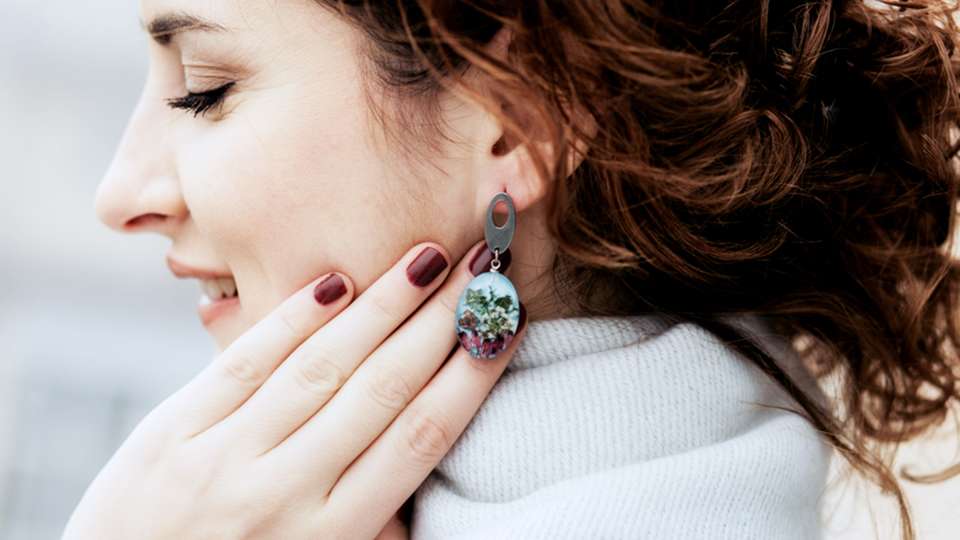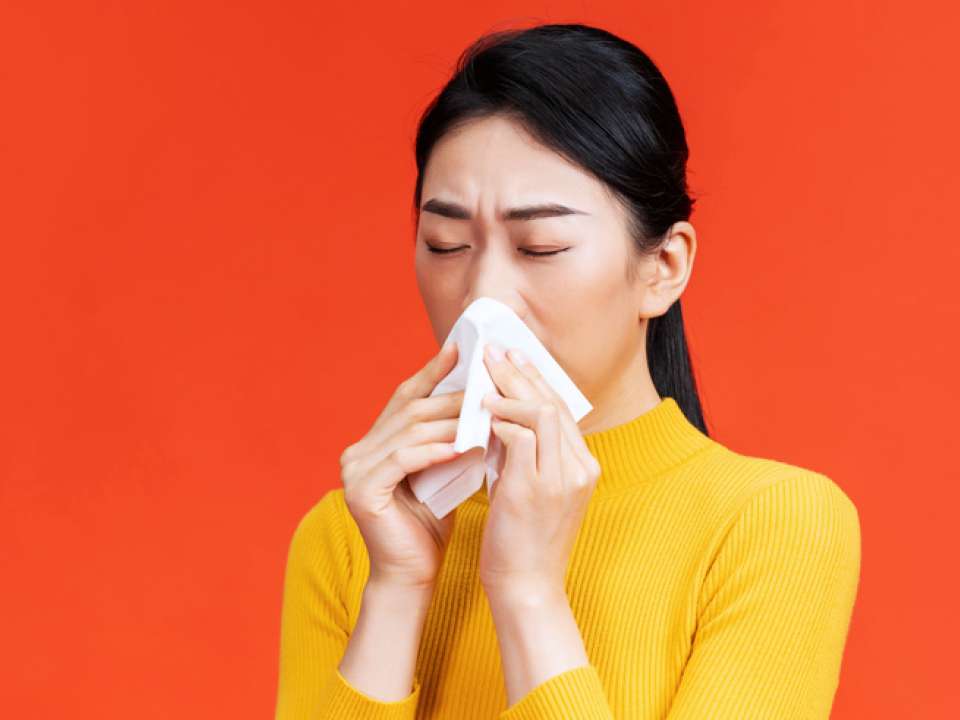
Ever take out your earphones and they are covered with a sticky glob of earwax? Or get distracted putting on your favorite pair of earrings because you can’t unsee the waxy mess in your ear canal?
Don’t worry, it’s not just you. Earwax can be sticky and a little gross, but it’s just doing its job, which is to keep our ears clean and protected — and who are we to interfere with that? Yes, we’re looking at you cotton swab enthusiasts.
Why we should embrace earwax
Earwax is a combination of cells and secretions from the glands in our ears. It keeps our ears healthy and protected by cleaning; moisturizing; killing germs like bacteria and fungus; and preventing dirt, dust and other debris from moving deeper into the ear canal.
“Ears are typically self-cleaning,” says Dr. Karen Lin, an otolaryngologist who sees patients at the Otolaryngology Clinic at Northwest Outpatient Medical Center. “Old earwax moves from the inside of the ear to the ear opening when we move our jaw and when we grow new skin in the ear canal. The wax then falls out or is washed away.”
It even comes in a variety of colors: off-white, yellow, orange or brown — all of which are normal.
Unless you are experiencing symptoms like hearing loss, itching, plugged ear sensations, ringing in the ear, ear discharge, a noticeable smell, or pain — in which case Lin recommends seeing your doctor — then your earwax is A-OK and quite frankly just doing what it’s supposed to do.
If you still feel the need to micromanage your earwax, Lin has some suggestions.
The do’s and don’ts of earwax removal
Although our bodies often do a mighty fine job of regulating the wax in our ears, sometimes a crusty or hard buildup in the outer portion of the ear canal might need a little extra help loosening up. Here’s what to do and what you should avoid.
Do: Observe
Maybe not the answer you were looking for, but one of the easiest options out there: watch and wait.
Earwax will be removed by the body with time. Be patient, wait for your body to take care of it, and if you have any of the symptoms mentioned above, go see your doctor for help.
Do: Irrigation
“Earwax may be removed from the ear canal by a gentle stream of warm water using a bulb syringe or irrigation kit,” says Lin. “This can be performed by yourself at home or by your healthcare provider.”
Just be sure to avoid more powerful irrigators, like Waterpiks, which are meant for cleaning your teeth and not your ears, since they can scratch the ear canal or create a hole in the eardrum (a ruptured eardrum).
Avoid if: You are someone who gets frequent ear infections, has ear tubes or has a hole in your eardrum. Talk to your doctor about alternative options.
Do: Wax softening agents
Wax softeners, also known as cerumenolytics, help break down earwax. There are a variety of options — here’s the breakdown.
- Water-based: hydrogen peroxide is a helpful prevention option that provides hydration to help break down earwax.
- Oil drops: baby oil or glycerin help lubricate and soften earwax.
- Non-water, non-oil solution: Debrox, an over-the-counter carbamide peroxide solution, helps soften and loosen earwax.
Here’s how to do it: Apply five to 10 drops of your chosen softening agent in the affected ear using a clean dropper. Lean to your side with the affected ear toward the ceiling and let the drops sit for 1-2 minutes (you can also place a cotton ball at the ear opening to prevent the solution from falling onto your clothes). Tip your head back up and to the other side to let the solution drain out.
“These methods can be used at home and in combination with irrigation or removal by your provider,” says Lin.
Avoid if: You have a hole in your eardrum. Talk to your doctor about alternative options.
Don’t: Stick objects in your ear
As a general rule, you should avoid putting things in your ears, and yes, that includes Q-tips (it even says on the packaging not to stick them in your ears).
“Using a cotton swab, bobby pin, paperclip, key, pen or other items usually pushes earwax deeper into the ear,” says Lin. “These items can cause injury to the ear such as creating a hole in the eardrum, causing hearing loss by injuring the ear bones, and scratching the ear canal skin which can become infected.”
Instead: Repurpose your Q-tips — rather than swabbing your ears, clean those wax coated ear buds.
Don’t: Ear candling
Maybe you’ve seen it on social media, but ear candling or coning is not recommended. First off, it’s not safe.
“This technique may cause burns to the ear canal, ear blockage from wax, a hole in the eardrum and ear infection,” says Lin. “Wax that drips into the ear canal may be difficult and unsafe to remove.”
Second, Lin says it’s proven to be ineffective.
Instead: Save your candle for another occasion and try observation, irrigation or a wax softening agent.
When to call your doctor
See your doctor if you have any ear symptoms and are not sure of the cause. Earwax often gets blamed, even when it’s not the culprit. You might have a different ear problem that needs medical attention.
Even if earwax buildup is to blame, your doctor can help you make a plan that’s safe and effective and that doesn’t deprive your ears of their self-regulated care (aka, wax).
“I enjoy seeing patients with earwax because they are generally very happy to have a fairly quick remedy for their discomfort,” says Lin.
Having earwax is normal and healthy — and it’s time we embraced it, wax crusted earbuds and all.

 Healthy ideas for your inbox
Healthy ideas for your inbox





